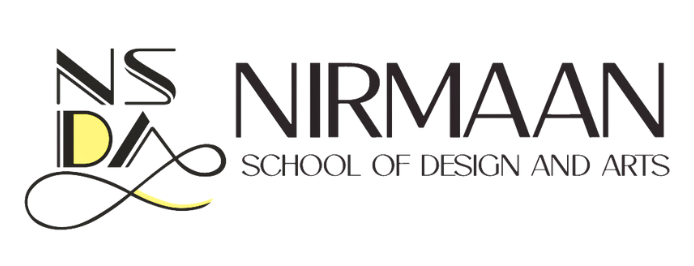Precision – A primary reason for having parts and components fabricated with a laser metal cutting machine is the incredible precision. With CNC cutting, the tool has limited widths. For instance, the smallest radius is only slightly under 1mm. In comparison, a fabricator can set a laser bean to as little as 0.1mm. That makes it possible to achieve detailed cuts with tremendous precision.
Cleaned and Sealed Edges – Because laser cutting involves burning, edges are always clean and sealed. Not only does this improve the functionality of the finished product, but it also enhances appearance.
Laser cutting is a technology that uses a laser to vaporize materials, resulting in a cut edge. While typically used for industrial manufacturing applications, it is now used by schools, small businesses, architecture, and hobbyists. Laser cutting works by directing the output of a high-power laser most commonly through optics.
Fibre laser cutter benefits include:-
Rapid processing times.
Reduced energy consumption & bills – due to greater efficiency.
Greater reliability and performance – no optics to adjust or align and no lamps to replace.
Minimal maintenance.
The ability to process highly reflective materials such as copper and brass
Higher productivity – lower operational costs offer a greater return on your investment
Methods :
There are many different methods in cutting using lasers, with different types used to cut different materials. Some of the methods are vaporization, melt and blow, melt blow and burn, thermal stress cracking, scribing, cold cutting and burning stabilized laser cutting.
Vaporization cutting
In vaporization cutting the focused beam heats the surface of the material to flashpoint point and generates a keyhole. The keyhole leads to a sudden increase in absorptivity quickly deepening the hole. As the hole deepens and the material boils, vapor generated erodes the molten walls blowing ejecta out and further enlarging the hole. Non melting materials such as wood, carbon and thermoset plastics are usually cut by this method.
Melt and blow
Melt and blow or fusion cutting uses high-pressure gas to blow molten material from the cutting area, greatly decreasing the power requirement. First the material is heated to melting point then a gas jet blows the molten material out of the kerf avoiding the need to raise the temperature of the material any further. Materials cut with this process are usually metals.
Thermal stress cracking
Brittle materials are particularly sensitive to thermal fracture, a feature exploited in thermal stress cracking. A beam is focused on the surface causing localized heating and thermal expansion. This results in a crack that can then be guided by moving the beam. The crack can be moved in order of m/s. It is usually used in cutting of glass.
Reactive cutting
Also called \”burning stabilized laser gas cutting\”, \”flame cutting\”. Reactive cutting is like oxygen torch cutting but with a laser beam as the ignition source. Mostly used for cutting carbon steel in thicknesses over 1 mm. This process can be used to cut very thick steel plates with relatively little laser power.
